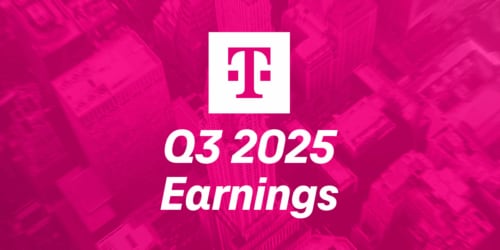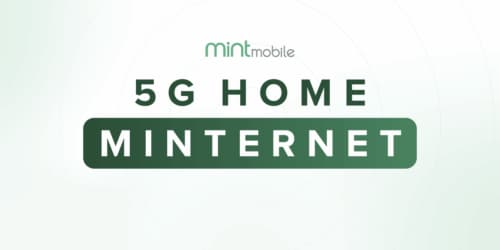When working from home and attending school virtually became part of everyday life during the COVID-19 pandemic, it taught us how vital home broadband internet is.
A recent OpenVault report found broadband usage spiked nearly 50% year over year during the first quarter of the pandemic, and that usage has sustained today. Those with a stable internet connection were able to keep up with school, work and various tasks. However, because ISPs have continued to underserve certain customers for years, many families were left behind. In fact, more than 42 million Americans lack broadband access, according to BroadbandNow.com.
The Digital Divide refers to the gap between those who have access to high-speed internet and those who do not due to various demographic factors. Even many with internet access struggle with unreliable internet, low broadband speeds and poor overall performance. Options like fiber, which are known to be incredibly reliable, are difficult to build out across communities. Older options like DSL and satellite lack the reliability and speeds to keep up with today’s typical broadband usage. So, for decades, many in this country have been without a stable internet connection, and competition everywhere has remained limited.
In 2021, Congress created the Affordable Connectivity Program, a long-term $14 billion program to combat the Digital Divide. This program offers a discount toward internet service for eligible households. However, many communities, especially those in rural America, still face infrastructure hurdles. In a recent White House speech, President Joe Biden stated that more than 30 million Americans are living in rural areas that still do not have access to high-speed internet.
The good news is that 5G is helping to bring new hope to the high-speed home internet industry. 5G wireless networks have massive capacity, more than 4G LTE networks ever did. According to industry experts, it means 5G can deliver capacity and speeds fast enough to offer home internet service directly to millions of homes across the United States, without the expensive builds or complicated installation common with Big Internet companies.
With 5G comes Fixed Wireless Access (FWA), a new service that will help bridge the Digital Divide. FWA is a cost-effective method of delivering high-speed internet to areas with limited fixed (wireline) broadband infrastructure. FWA works like any other home internet service, but instead of connecting through a cable, it does so through a wireless network using a router. It leverages the extra capacity of wireless networks, making it easy to deliver a reliable high-speed internet experience to homes in traditionally underserved areas. FWA doesn’t require drilling holes and setup is easy. Simply plug in a dedicated router, place it in an area with an optimal signal and you’re connected.
Wondering whether 5G FWA is here to stay? ABI Research forecasts that in 2026, the FWA market will exceed 180 million subscriptions and generate $70 billion in revenue. The 5G FWA market will then account for 40% of the total FWA market.
Two companies are leading the FWA market. One of them, T-Mobile, launched 5G Home Internet in 2021 and already has over 1.5 million customers.
At a time when connectivity has never been more important, 5G FWA will help millions access dependable, affordable home internet. Bridging the Digital Divide is not only crucial for those without access, but is good for the entire country. With 5G, there’s a powerful opportunity to change the high-speed internet industry for good.





